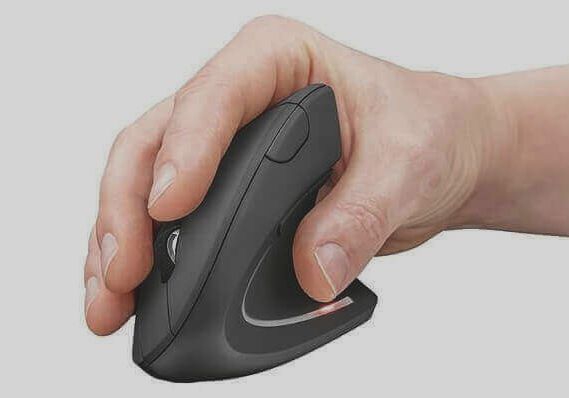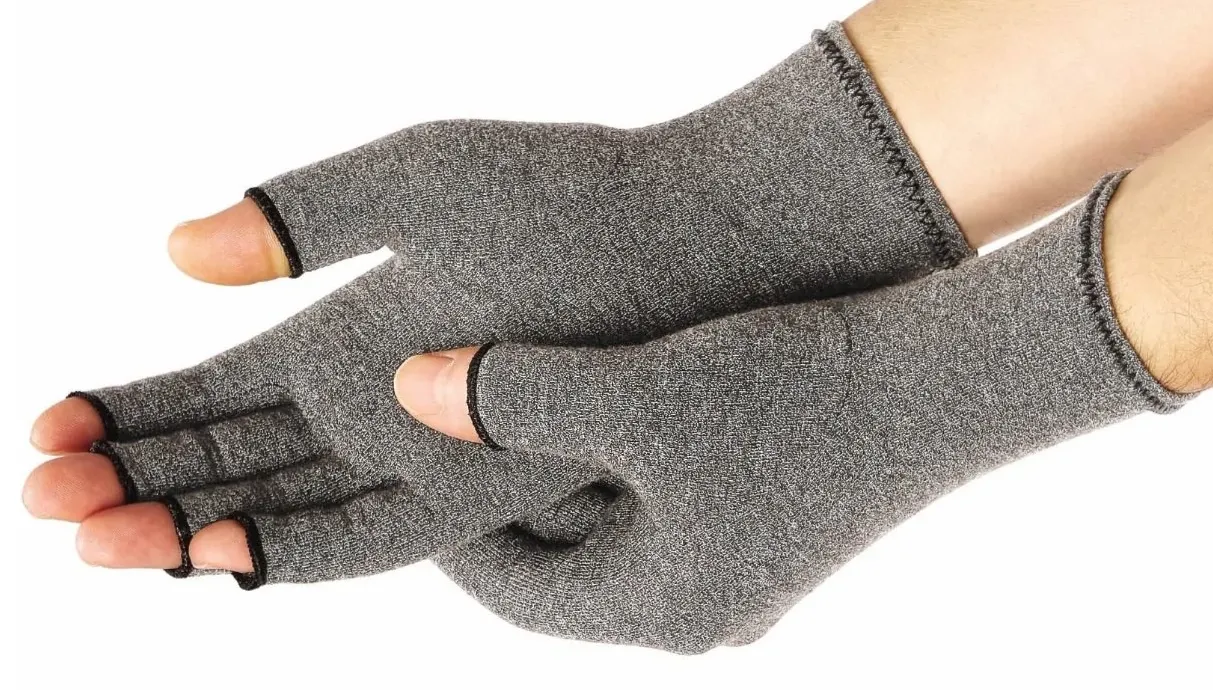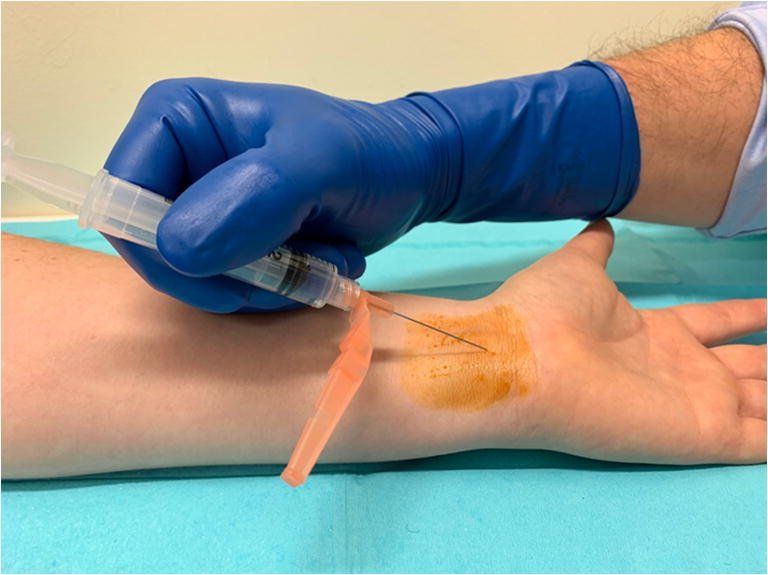Remedy for Carpal Tunnel Syndrome
Table of Contents
Non-Surgical Options
- Wrist Bracing at Night
- Rest
- Stretching Exercises
- Avoiding Stressful & Repetitive Motions
- Keeping Your Hands Warm
- Massage Therapy
- Non-Steroidal Anti-Inflammatory Drugs (NSAIDs)
- Corticosteroid Injections
Summary
Carpal tunnel syndrome can be managed with a combination of home remedies and medical treatments. Home remedies include rest, wrist bracing, stretching exercises, massage, and avoiding stressful or repetitive motions. Medical treatments may involve steroid injections or in severe cases, surgery.
Carpal tunnel syndrome is a condition where the median nerve, which runs through the carpal tunnel inside the wrist, becomes compressed. Initially, this can cause
pain,
numbness,
burning, and tingling in the hand and fingers. As the disorder advances toward the
severe stage, these symptoms worsen. More advanced symptoms also include
shooting electric shocks,
weakness, clumsiness, and loss of temperature sensitivity.
Treating carpal tunnel can be done non-surgically (conservatively) or with surgery. The vast majority of people choose non-surgical remedies because studies show they provide results
equal to or
better than surgery.
Since most people use non-surgical therapies, especially home remedies, this article focuses on those specific treatment options.
Non-surgical options
Approximately 5 million American sufferer with carpal tunnel syndrome. And approximately 96% of them treat it successfully
without
surgery.
When you have moderate or severe carpal tunnel symptoms you will likely require two or more of the following non-surgical treatments:
1. Wrist Bracing at Night: Wearing a wrist brace at night can help keep your wrist in a neutral position. This reduces pressure on the median nerve.
2. Rest: Simply resting your hand for 2-3 weeks should relieve symptoms. More severe symptoms may require even more rest.
3. Stretching Exercises: Gentle stretching exercises can help relieve pain and improve hand function. Simple stretches include shaking out your hands, making a fist and then extending fingers, and rotating your wrists. More advanced stretching exercises of the fingers and hand can make tendons more limber, thereby reducing inflammation inside the wrist joint.
4. Avoiding Stressful & Repetitive Motions: You can modify your activity or even use ergonomic devices to help avoid or reduce hand stress.
5. Keeping Your Hands Warm: Cold environments are a known risk factor for carpal tunnel syndrome. Therefore, maintaining hand warmth (like using gloves) can help reduce stiffness and pain.
6. Massage Therapy: Daily massages of the wrist area can loosen adhesions around tendons. This reduces inflammation and helps improve blood flow.
7. Non-Steroidal Anti-Inflammatory Drugs (NSAIDs): Over-the-counter pain relievers like ibuprofen or naproxen can reduce inflammation and pain.
8. Corticosteroid Injections: Injections of corticosteroids into the wrist's carpal tunnel space can provide temporary relief by reducing inflammation.
1. Wrist Bracing at Night
2. Rest Your Hand
3. Stretching Exercises
4. Avoiding Stressful & Repetitive Motions
5. Keeping Your Hands Warm
6. Massage Therapy
7. Non-Steroidal Anti-Inflammatory Drugs (NSAIDs)
8. Corticosteroid Injections
Summary
The most effective remedy for carpal tunnel syndrome involves one or more non-surgical approaches. These include night bracing, rest, stretching exercise, and massage, among others. Mild cases of carpal tunnel may be relieved quickly using any one of these therapies. But more severe symptoms probably require multiple remedies applied simultaneously.
FAQs
Are home remedies better than surgery?
Studies show that most people get complete or near-complete relief with home remedies as compared to surgery.
Is one home remedy better than another?
It's difficult to say which home remedy is best. However, studies show that a combination of remedies (e.g., night bracing, stretching exercises, and massage) work better than any one of them alone.
Which home remedy should I try first?
It is recommended that you try a combination of remedies rather than just one alone.
Do home remedies work for any stage of carpal tunnel?
Yes, but the earlier you treat it (e.g., in the mild stage) the more complete your symptoms resolution.
About











